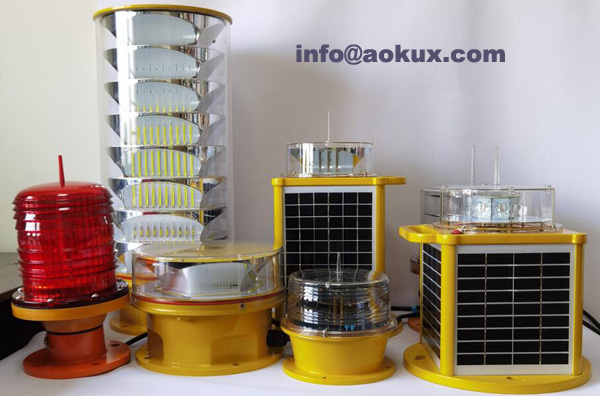
Aircraft Warning Light System: Safeguarding Skies and Aviation Operations
Introduction
In the ever-expanding world of aviation, safety is paramount. The aircraft warning light system plays a crucial role in alerting pilots to potential hazards and ensuring safe flight operations. This article explores the significance of the aircraft warning light system, its components, types, and the pivotal role it plays in safeguarding the skies.
Understanding the Aircraft Warning Light System
The aircraft warning light system, also known as aviation obstruction lighting, is designed to provide visual warnings of tall structures or other obstacles that may pose a threat to low-flying aircraft. These lights help pilots identify and navigate around potential hazards, especially during periods of reduced visibility such as nighttime or adverse weather conditions. The presence of these lights on tall structures significantly reduces the risk of collisions and ensures the safety of both aircraft and passengers.

Components of the Aircraft Warning Light System
The aircraft warning light system consists of several key components that work together to provide effective warnings to pilots. The primary elements include the lighting fixtures, power supply, control systems, and monitoring equipment. Lighting fixtures are typically equipped with high-intensity LED lights capable of emitting bright, visible signals over long distances. The power supply ensures uninterrupted operation, often relying on backup generators or battery systems. Control systems regulate the activation and synchronization of the lights, while monitoring equipment constantly checks for any failures or malfunctions.
Types of Aircraft Warning Lights
Different types of aircraft warning lights cater to various scenarios and regulatory requirements. The most common types are red obstruction lights, white strobe lights, and dual lights. Red obstruction lights are used for structures exceeding a certain height, with their intensity and configuration varying based on specific regulations. White strobe lights are employed for lower-level obstructions, frequently mounted on communication towers or buildings. Dual lights combine both red and white markers, providing enhanced visibility and aiding pilots in identifying obstacles more effectively.
Benefits of the Aircraft Warning Light System
The aircraft warning light system offers numerous advantages in ensuring aviation safety. Firstly, it provides a clear visual indication of obstructions, enabling pilots to adjust their flight paths accordingly and avoid potential collisions. Moreover, these lights enhance situational awareness, allowing pilots to make informed decisions even during challenging flying conditions. The system also assists air traffic controllers by providing additional information about obstacles, facilitating efficient management of air traffic flow. Overall, the system significantly reduces the risks associated with low-altitude flights and ensures the safe passage of aircraft through designated airspace.
|
Aircraft Warning Light System |
Aircraft Warning Light System |